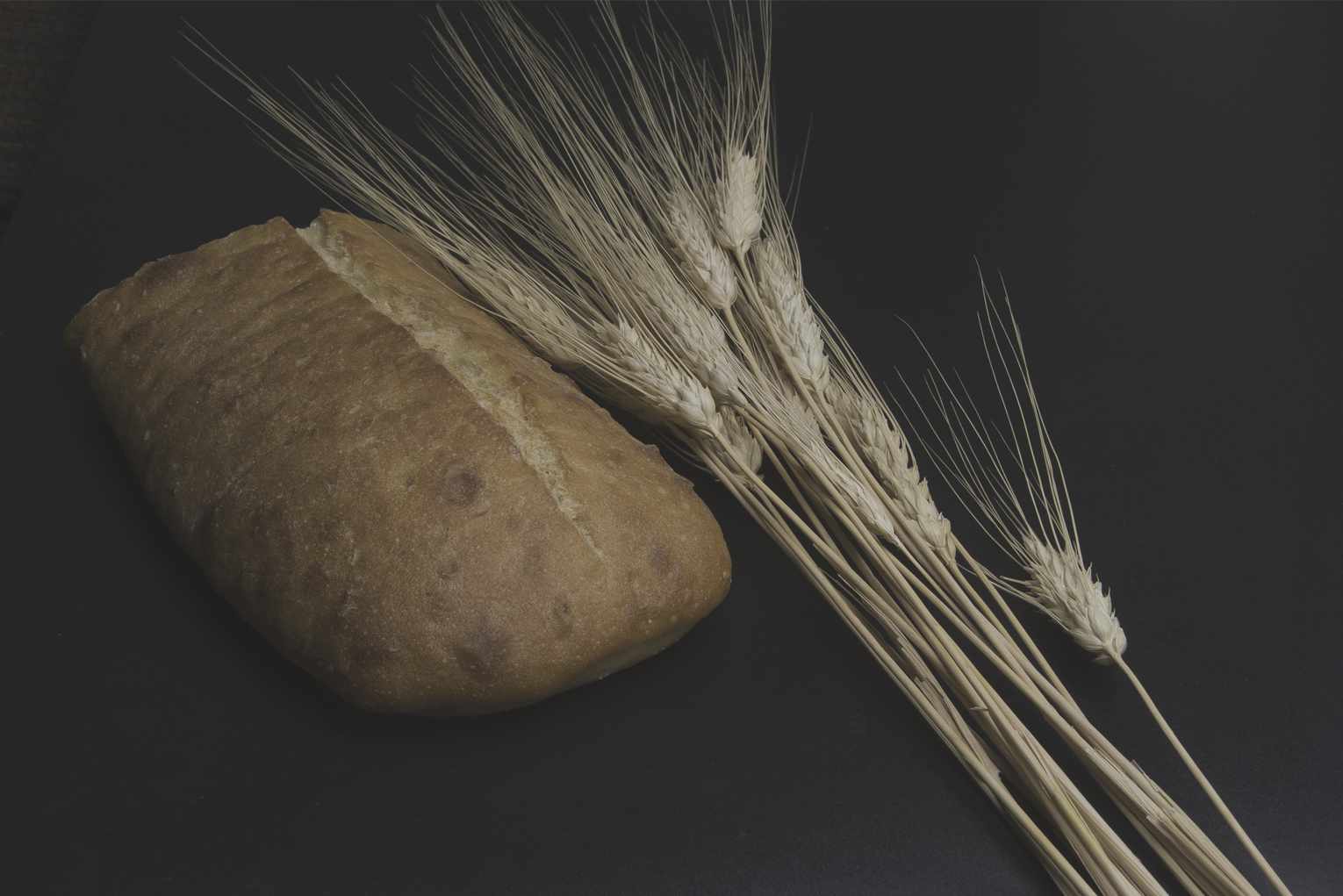
Biblical preachers proclaim Christ from every text of Scripture, which means every sermon declares the gospel. But how do we preach Christ from the Old Testament? And how do we preach Christ when no clear New Testament references are provided?
Preaching the gospel requires knowing the Bible well. Many Christ-centered expositors like Tim Keller and Russell Moore speak about the instinct required to preach the gospel from every text. Of course, to have a gospel-centered instinct the preacher must know his Bible well. He must know the macro-level storyline of redemption, and he must know how the micro-themes get caught up in the grand redemptive story.
The Gospel from the Bread of Ruth 1
An example of a micro-theme that points to the macro-level story of redemption is found in Ruth 1. The first chapter of the eighth book of the Bible presents the biblical theme of bread. Wait, the theme of bread? Yes, bread dominates the biblical landscape. Abram went to Egypt because of a famine (Genesis 12), and later Melchizedek brought bread and wine to celebrate with Abram after his victory in the battle at the Valley of Admah (Genesis 14). The children of Jacob fled to Egypt in search for bread, but God had placed Joseph there to provide the bread. Later, once God delivered the Israelites from their oppression in Egypt, they cried out against Moses because of the lack of bread. But God provided them bread from heaven (Exodus 16).
The story of Scripture is laced with the theme of bread, and Ruth 1 is no different. The story begins in Bethlehem, which means “House of Bread.” However, the “House of Bread” had no bread because of a famine, so the characters in the story fled to Moab in search for bread. Eventually, after the deaths of her husband and two sons, Naomi went back to the “House of Bread” with her daughter-in-law Ruth. Naomi and Ruth returned to Bethlehem because God had restocked the house with bread. Of course, in Ruth 2 the narrator begins to tell of the great love story between Ruth and Boaz, which begins around a meal of bread, and Boaz allows Ruth to glean in his field so that she and her mother-in-law will have plenty of bread.
But the story of bread does not end there, because at the end of the book we see that the Lord gives a child to Ruth while living in Bethlehem, the “House of Bread.” Thirty generations later, another child would be born from the line of Boaz and Ruth in the “House of Bread,” but this child would be different. He was not only a child born in Bethlehem, the “House of Bread,” but he was the “Bread of Life” as we are told in John 6:35. This Bread of Life, Jesus, would grow up and live a perfect life, a life that we should have lived. And then, not for sins that he committed but for the sins of others, Jesus was nailed to a cross where he breathed his last. Jesus had told his disciples that this would happen, and he did so by taking a piece of bread, and then breaking it to show that his body, too, would one day be broken.
Today, the church eats the bread at the Lord’s Table as a reminder that Jesus was crucified in our place, but we eat it in celebration because Jesus did not stay in the grave. He was resurrected from the dead, and now he has ascended to the Father in heaven until the day he comes for his bride. At the great wedding banquet, we will sit down with him and eat bread together.
Preaching the Gospel from Every Text
Preaching the gospel from every text does not require allegory or leaving the text at hand. Gospel-centered preaching requires a thorough understanding of the Bible. That understanding allows the micro-themes of the passage to sweep the audience into the grand story of God’s redemption of sinners in Christ Jesus. No true preacher of the Scriptures can neglect to preach the text because of his preoccupation with “getting to Jesus.” But every true preacher of the Scriptures will understand that the text cannot be preached without evidencing how Jesus and his gospel form the key to the passage. Jesus is not just in the text, but rather the meaning of the text is rooted in its relationship to Christ. Therefore, a sermon without Christ is not really a sermon from the Bible. To preach Ruth 1 without rooting the meaning of the text in the gospel is to neglect the true meaning of the passage. The bread of Ruth 1 provides more than a theme in the Bible. It provides one of the keys to unlocking the meaning of the text by showing how Christ fulfills the passage.

